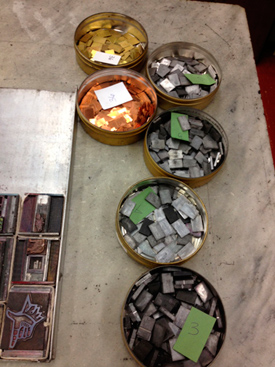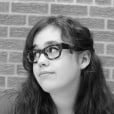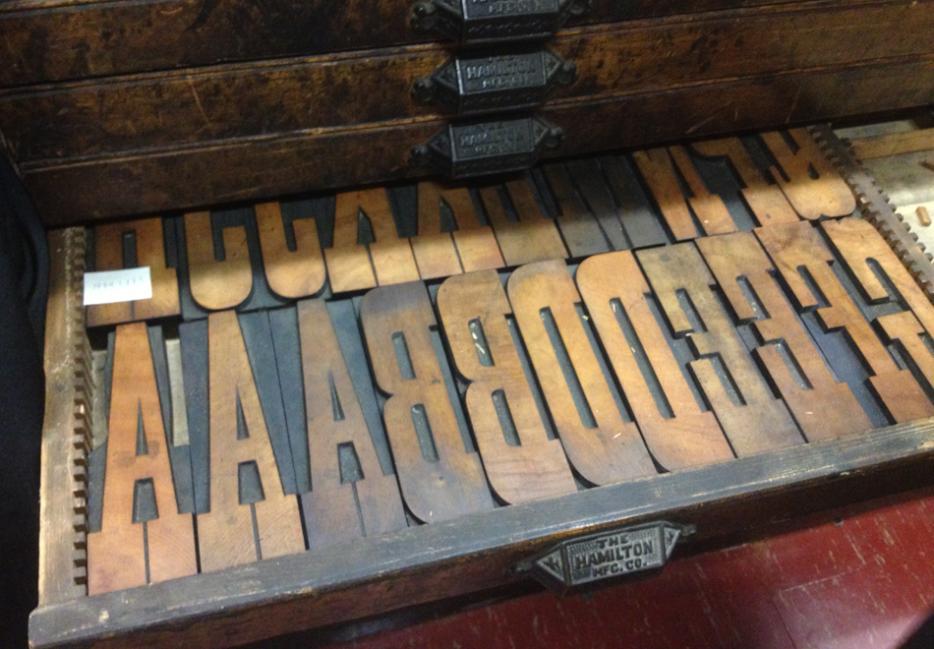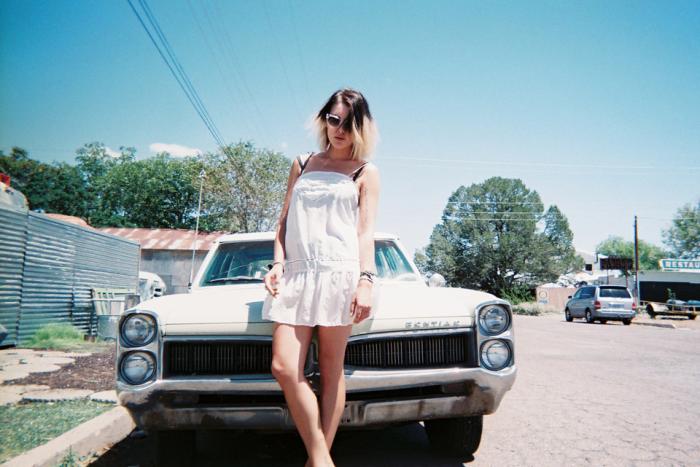Nelson Adams quickly shuts the door behind us after we’ve been ushered into the room. “Don’t let the humidity get in here,” he says to Claire Battershill, a former apprentice printer at Massey College’s Print Shop. The plan was for Battershill to give a few of the people working on the design and production of her forthcoming collection of short stories, Circus, a quick tour of the quirky anachronisms of the hand-operated presses in the basement of one of the University of Toronto’s affiliated colleges. Circumstances changed, however, and the loose group was instead split into two; Battershill walked half of the crowd through her own history with the shop in the foyer, while Adams, the College printer, gave us an overview of the presses and type.
Massey College, founded by a body of intellectuals (including Robertson Davies) in 1963, has a storied history of being involved in larger public life. The college is perhaps best known as the host site of the Massey Lectures, which bring the ideas of public intellectuals, such as Northop Frye or Adam Gopnik, to a wide Canadian audience through partnerships with House of Anansi Press and CBC Radio. The college also offers a journalism fellowship—a fitting program, given the Davies family’s role in the newspaper business, and the college’s commitment to the role that publishing and printing play in intellectual life. The shop and its attached library of rare books detailing the diverse history of books and print are managed by a small team, dedicated to preserving the history of type and its production.

When we’re shown a random but beloved specimen of wood type, each letter carved from a planked piece of wood, Roberts becomes visibly excited. The tiny crowd starts taking pictures, and I feel for a moment that I can see the future: The cover of Battershill’s Circus, I envision, will somehow feature type elements inspired by the decrepit wooden font in the drawer.
At the end of the tour, Adams asks if we have any questions. I ask him what he thinks about type foundries like Wood Type Revival, which aim to create digital fonts modelled on old, physical faces. He mostly approves, but says the person I actually need to talk to is the shop’s type-cataloguer, Chelsea Jeffrey, a junior fellow at Massey. I look up her phone number in the pamphlet that serves as the college’s directory.
*
She’s already in the area, it turns out, and soon we’re sitting in Massey’s Brutalist common room. As a graduate student of Museum Studies, Jeffrey’s interested simultaneously in the past and the future, the inherent tensions of protecting the former while interpolating it into the latter. Massey has over 350 wooden type specimens, and recently a major design software company has been in talks with the shop about proofing one specific face, in an attempt to make a “shop worn”-looking version for its digital software. “Wooden type,” she tells me, “would have often been plagiarized.” The faces in the shop are mostly early 20th century specimens, and type designers would have been just as eager to rip off each other’s typefaces as they are now. When I ask her what her feelings are about design and fetishizing the past, about the very idea of “shop worn” type faces despite that the fact that contemporary industrial printers predominately use digital plates, she appears divided. I ask if the shop worn effect is akin to Instagram, and she wrinkles her nose.
“I think about these technologies, things like Instagram that make stuff look artificially old, a lot, but I’m not sure how I feel about them. I don’t use these technologies myself.”
When I ask her specifically about the design company, she hesitates for a minute, then tells me that at least they’re basing their designs on a variety of actually produced and used specimens. Apparently other print shops and type museums are involved in the project, and the new digital font will have been made after consulting a variety of specimen proofs. “If they’re going to create a shop worn typeface, at least they’re doing it the right way,” she says.
*
Later, back in the basement, Battershill and Roberts are looking at the display cases showcasing the various printed ephemera the shop has produced over the years. Battershill is saying that she would love to work in another print shop, but one that was more practical and less of a museum. Roberts asks if she would ever start her own. They agree that it would be best to simply inherit one.
“It’s too hard,” Battershill laments, “to find new type.”






